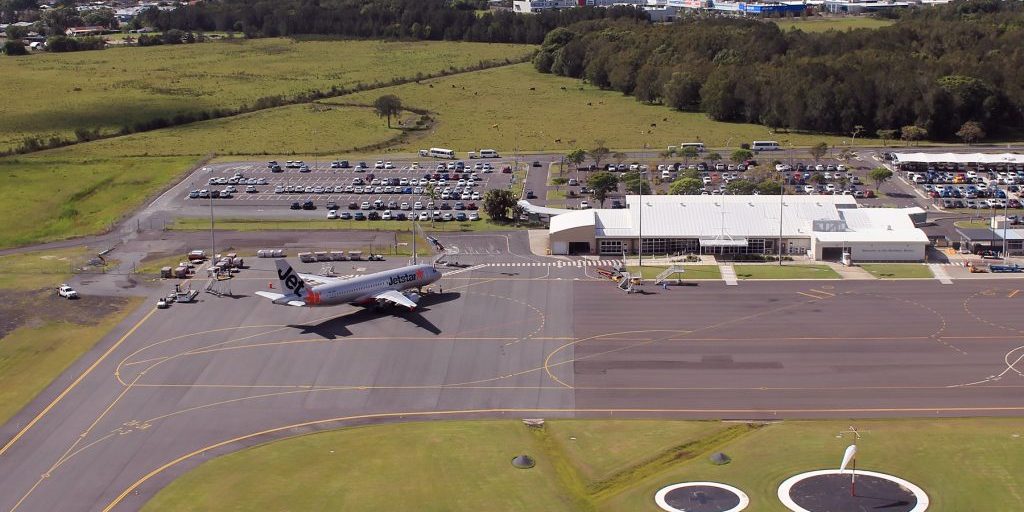Airservices Australia (Airservices) today released the results of its Preliminary Site Investigation (PSI) into per- and polyfluoroalkyl substance (PFAS) contamination at its leased sites on Cairns Airport. The PSI is part of a national PFAS Management Program and was conducted by independent consultants GHD Pty Ltd.
The PSI detected historical PFAS contamination on airport, in close proximity to the leased sites where Airservices carried out its fire service activities prior to 2010, when it transitioned to a PFAS-free foam.
The PSI report indicated PFAS was detected in soil, surface water and sediment on airport. The PSI indicated PFAS detected in groundwater on airport above human health guidelines indicating further investigations were required. However, the report noted it was unlikely that groundwater onsite or in the vicinity is extracted for potable purposes.
Airservices commissioned further, targeted testing on and off airport. These investigations included targeted water quality and ecological sampling to determine any potential off-airport migration of PFAS.
The on-airport results of the targeted sampling indicated any PFAS soil and groundwater impacts are likely to be localised on airport. Surface water sampling indicated a low risk of PFAS affecting the Barron River from run off.
The PFAS concentrations detected off-airport including in fish in the Barron River, in surface water and in sediment were below human health guideline levels indicating there is no adverse risk to human health from the consumption of fish from the river or from recreational use adjacent to the airport. However, further investigations are still required to continue to assess any potential ecological impact.
Airservices is working closely with North Queensland Airports, Cairns Airport and the Department of Environment and Science on this issue. Airservices is undertaking a Detailed Site Investigation at Cairns Airport and this is expected to commence early in 2020.
Airservices stopped using firefighting foam containing PFAS at the airport in 2010.
The PSI is published here.
More information
- Airservices Australia – Airport-specific information: https://www.airservicesaustralia.com/community/environment/pfas/
- Commonwealth Department of Health – Per and Poly-fluroalkyl substances (PFAS): http://www.health.gov.au/internet/main/publishing.nsf/content/ohp-pfas.htm
- Commonwealth PFAS website: http://www.pfas.gov.au/
- DES Queensland – PFAS Contamination: https://www.des.qld.gov.au/



